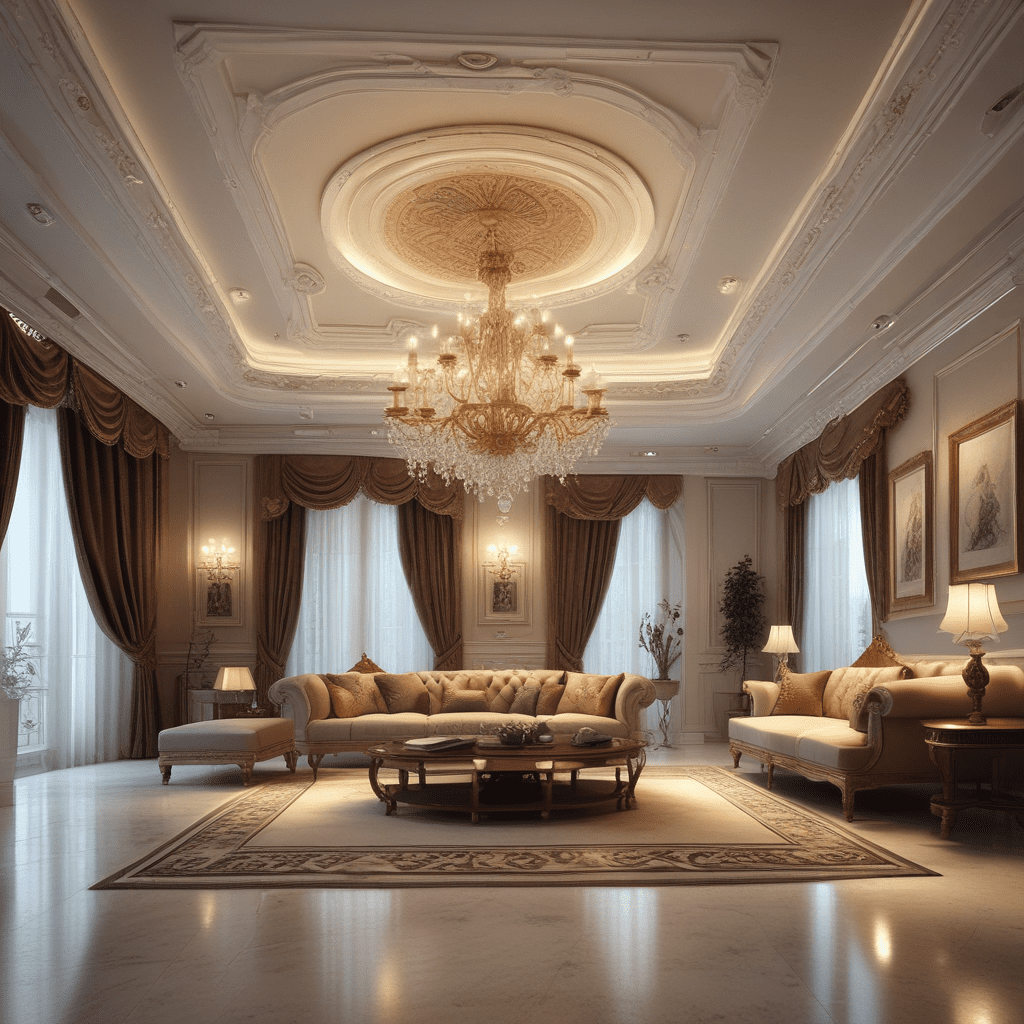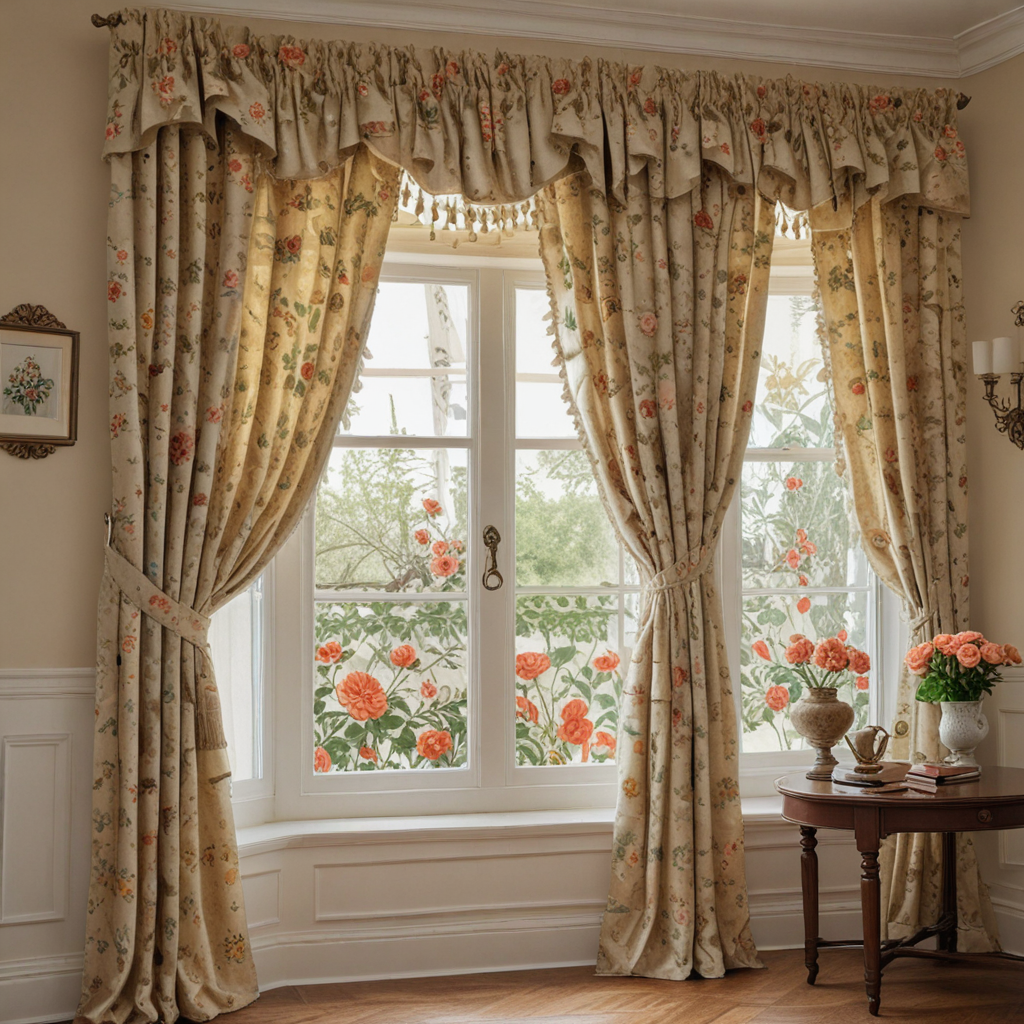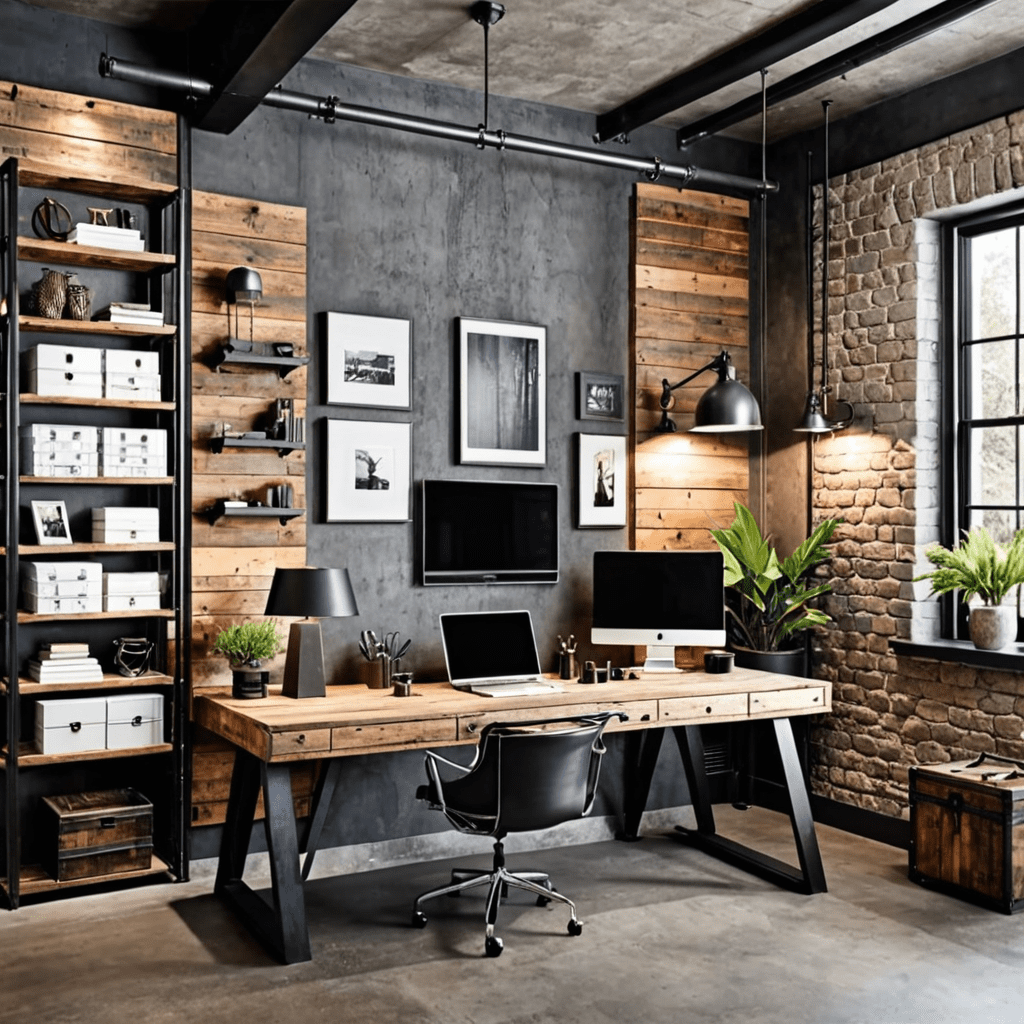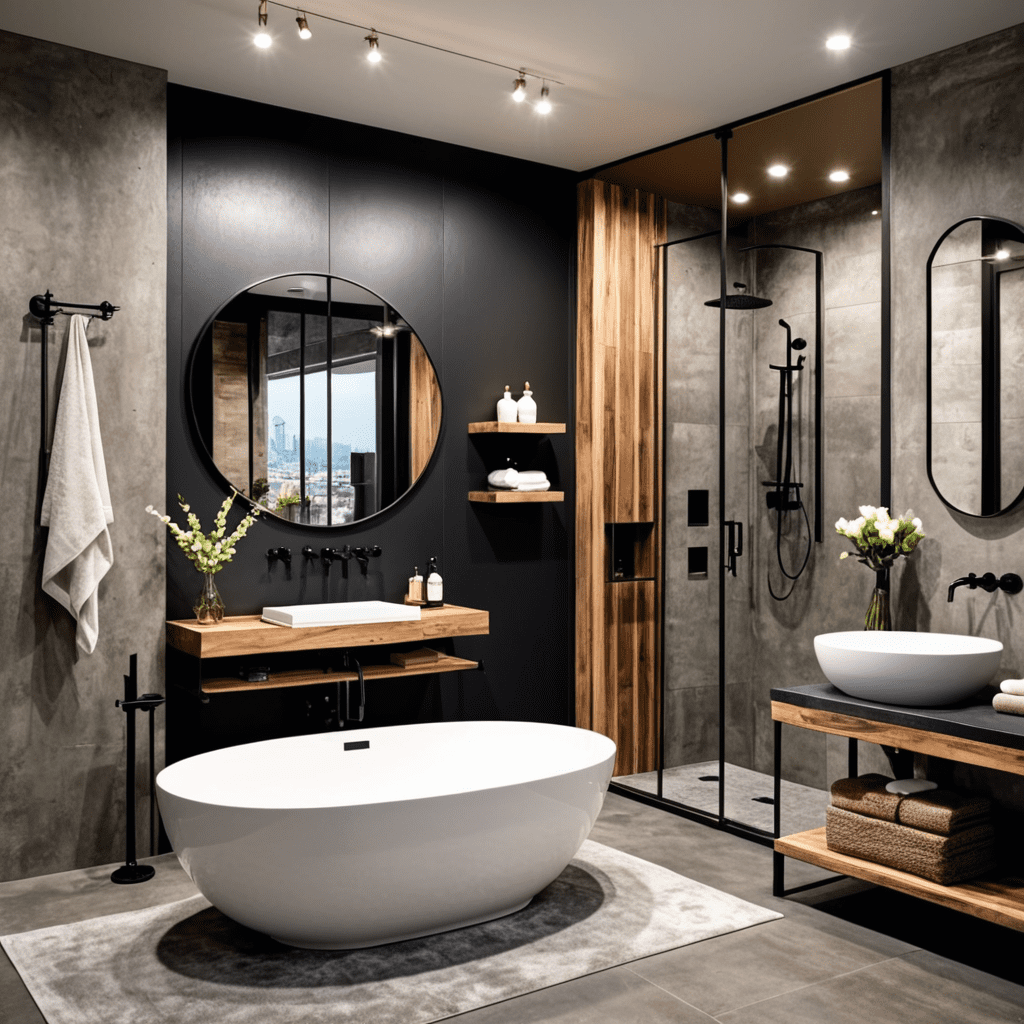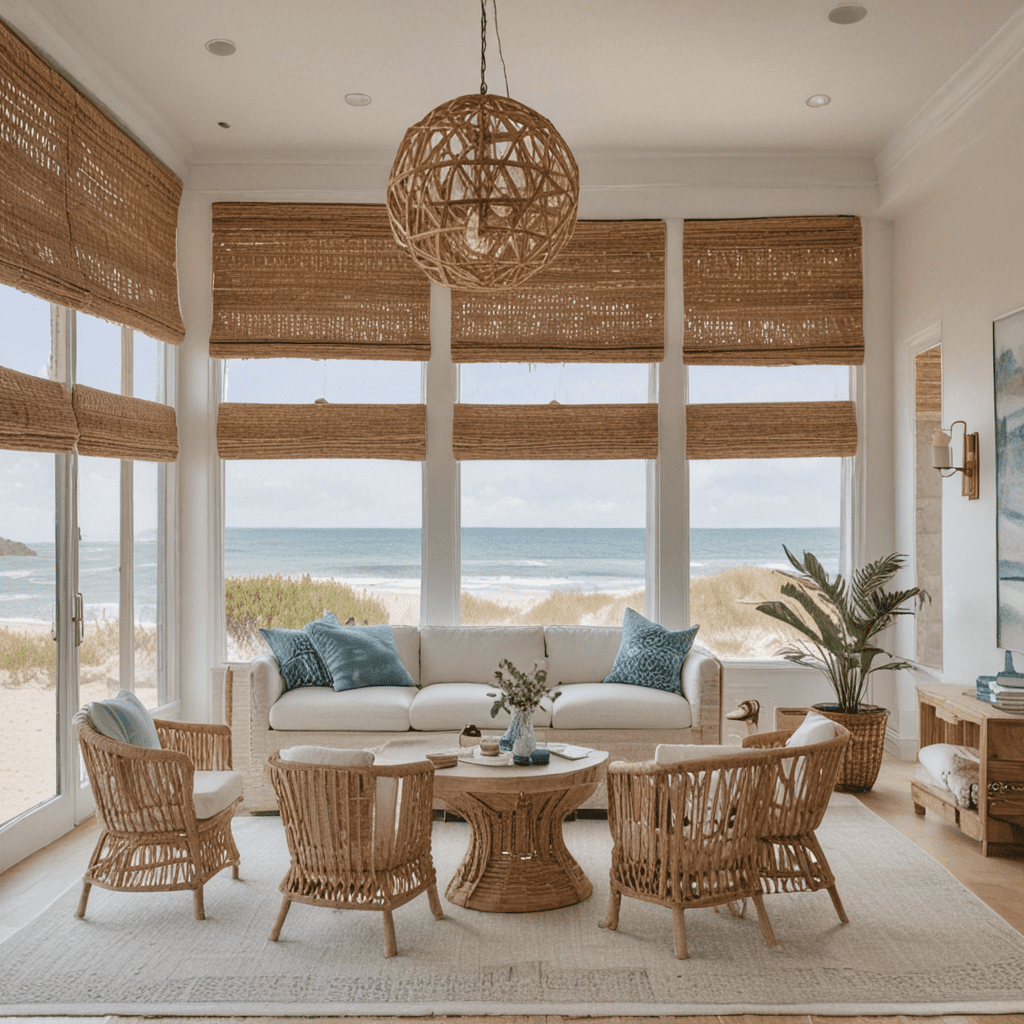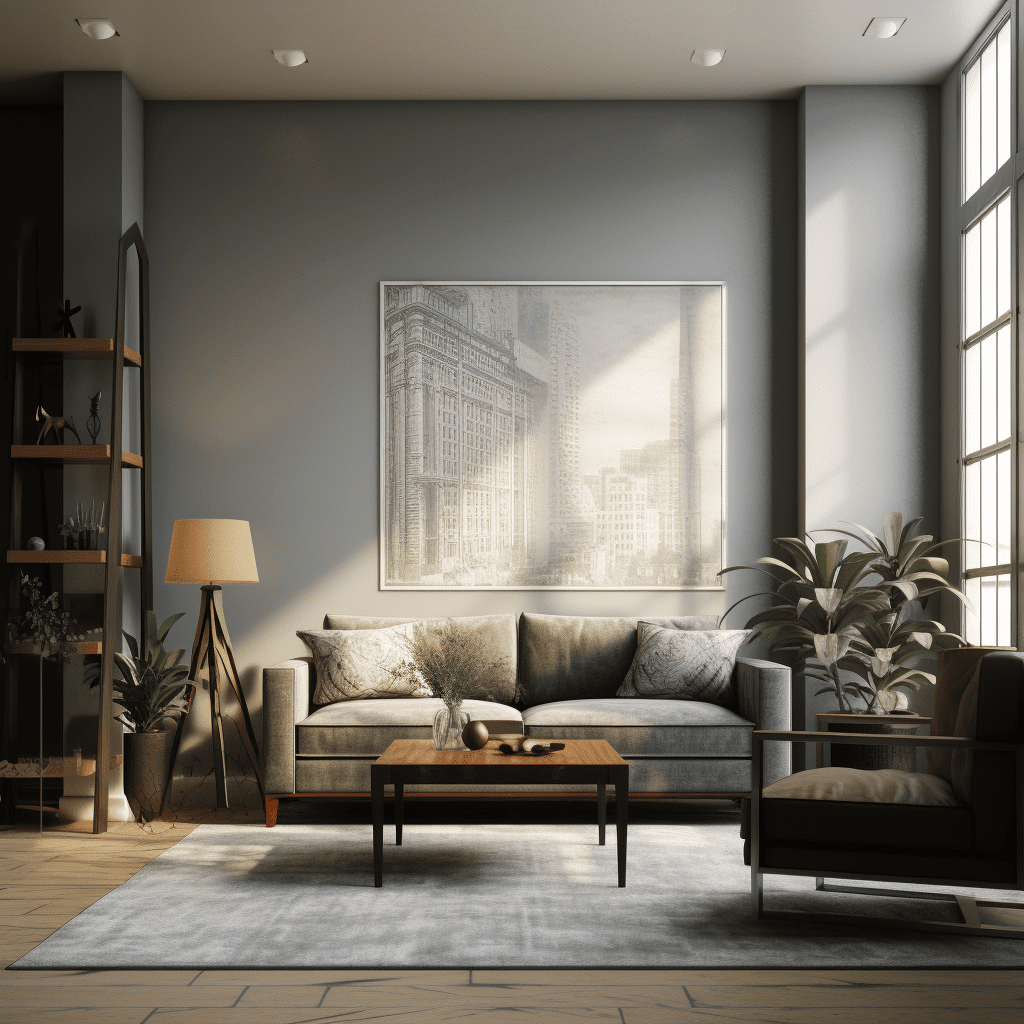Interior Color Palettes – How to Choose the Right Colors for Your Home
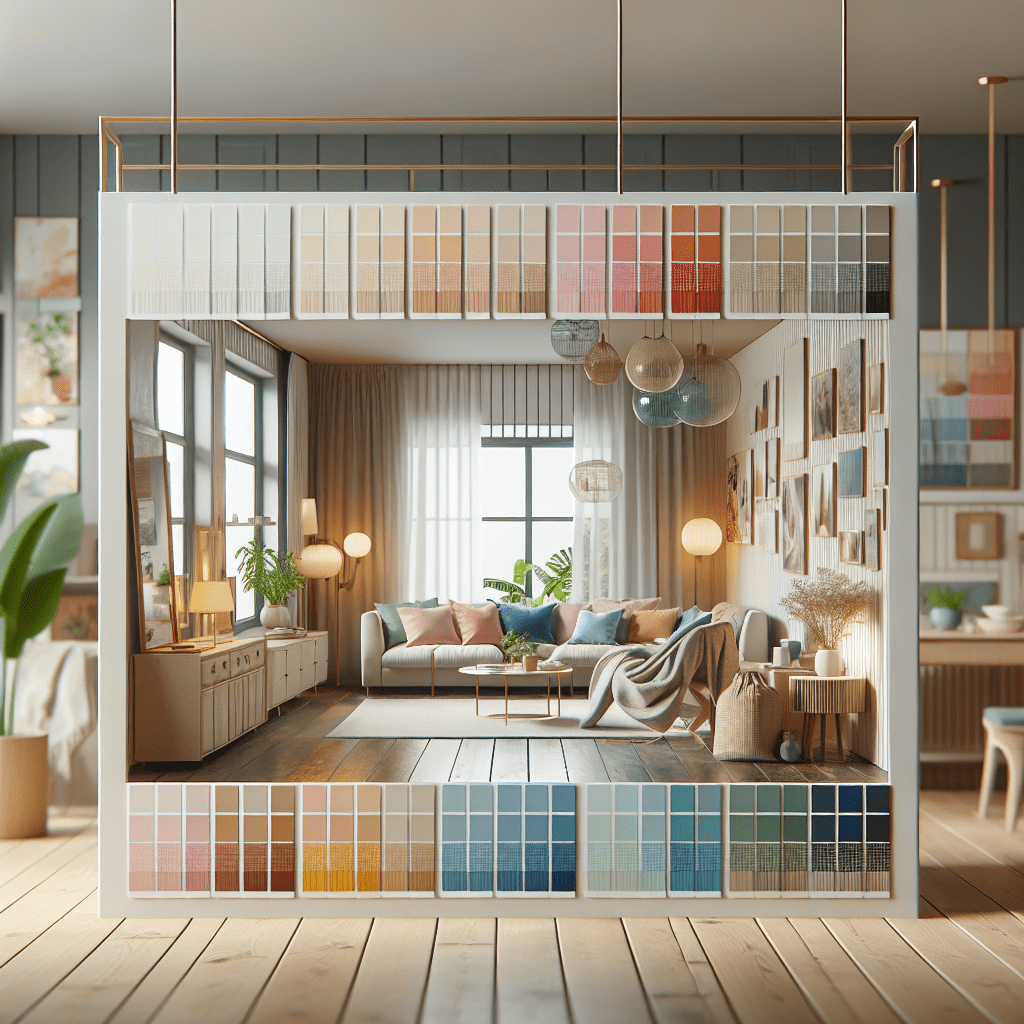

Interior Color Palettes – How to Choose the Right Colors for Your Home
Meta Description:
Discover how to enhance your home with the perfect interior color palettes! Get expert tips on selecting harmonious hues that reflect your style and create a welcoming ambiance.
Introduction
The heart of a home lies in its design – the harmonious blend of colors, textures, and elements that create an environment that is not only visually pleasing but also comforting and reflective of personal style. Interior design is not just about aesthetics; it’s about crafting a space that resonates with the people who inhabit it, improving their quality of life and providing a sanctuary from the outside world. The colors we choose to surround ourselves with play a pivotal role in establishing this atmosphere. With the right interior color palettes, you can transform an ordinary room into a captivating haven that showcases your personal flair and invigorates your daily living.
Key Elements of Interior Color Palettes
Color has the profound ability to influence mood, perception, and the overall ambiance of a space. When considering interior color palettes, there are several elements that can guide your selection process to ensure a harmonious and appealing environment.
- Element 1: Color Theory
Understanding the basics of color theory can greatly assist in selecting an effective color palette. The color wheel, primary, secondary, and tertiary colors, as well as the concepts of color harmony and contrast, are fundamental in deciding which hues will work best together in your space. Element 2: Lighting
Natural and artificial lighting have a significant impact on how colors are perceived. Pay attention to the light sources in your space and how they change throughout the day to ensure your chosen palette looks consistently beautiful.Element 3: Space and Architecture
The architectural features and the size of the room influence color choices. Lighter colors tend to make a room feel more spacious, while darker hues can provide a sense of coziness and warmth.Element 4: Mood and Atmosphere
Decide on the mood you want to evoke. Cool tones often instill calmness and are suited for bedrooms and bathrooms, while warmer colors can create a vibrant and welcoming atmosphere, ideal for living rooms and kitchens.Element 5: Personal Preference and Trends
While keeping abreast of current trends can be inspiring, always prioritize personal preference. Select colors that you feel drawn to and that complement your lifestyle and decor.
Tips for Interior Color Palettes
When designing the interior of your home, the right color palette can be the difference between a space that is just functional and one that is truly transformative. Here are practical tips to ensure your furniture and decor complement your chosen colors:
- Start with an Inspiration Piece
- Find a piece of art, a rug, or a fabric swatch that you love and use it as a starting point for your color palette. These items often combine colors that naturally work well together.
- Balance with Neutrals
- While you may love bold colors, incorporating neutrals into your palette can provide a visual rest and highlight your more vibrant choices.
- Consider Paint Finishes
- The finish of your paint, whether matte, satin, or glossy, can alter the appearance of a color. Glossy finishes reflect more light, which can cause colors to appear brighter.
- Sample Before Committing
- Paint samples on large sheets of paper or directly on the walls to see how colors look in different lighting conditions throughout the day.
- Create Flow Between Rooms
- For an open-concept space or connecting rooms, choose colors that transition smoothly to create a sense of unity throughout your home.
FAQ about Interior Color Palettes
Question 1: How do I choose a color palette for my home?
– Answer: Begin by considering the mood you want to create, the architectural features and size of your space, and how the color will interact with lighting. Use inspiration pieces, balance with neutrals, and don’t forget about personal preferences.
Question 2: Can I mix cool and warm colors in my color palette?
– Answer: Absolutely! A balanced mix of cool and warm colors can add depth and interest to a room. Just ensure there’s a cohesive element, like a neutral tone, to tie them together.
Question 3: What is a timeless color palette for interiors?
– Answer: Timeless palettes often involve a base of neutrals like whites, beiges, and grays, which can be accented with classic colors such as blues, greens, and earth tones. These palettes endure trends and adapt well to changing decor.
Question 4: How does lighting affect the choice of interior colors?
– Answer: Lighting can significantly change the appearance of colors. Warmer light can enhance warm tones, while cooler light can bring out cooler hues. Always test colors under various lighting conditions before making a final decision.
Question 5: Should the color palette be consistent throughout the house?
– Answer: While consistency can create a sense of harmony, it’s not a rule. You can have variations but try to maintain a common color thread or complementary accents to achieve a cohesive look.
Choosing the right interior color palettes for your home is more than a simple aesthetic decision; it’s about crafting an ambiance that enhances your life. With thoughtfully selected hues, lighting that illuminates, and a touch of personal style, your home’s interiors can become a testament to timeless design and personal comfort.
